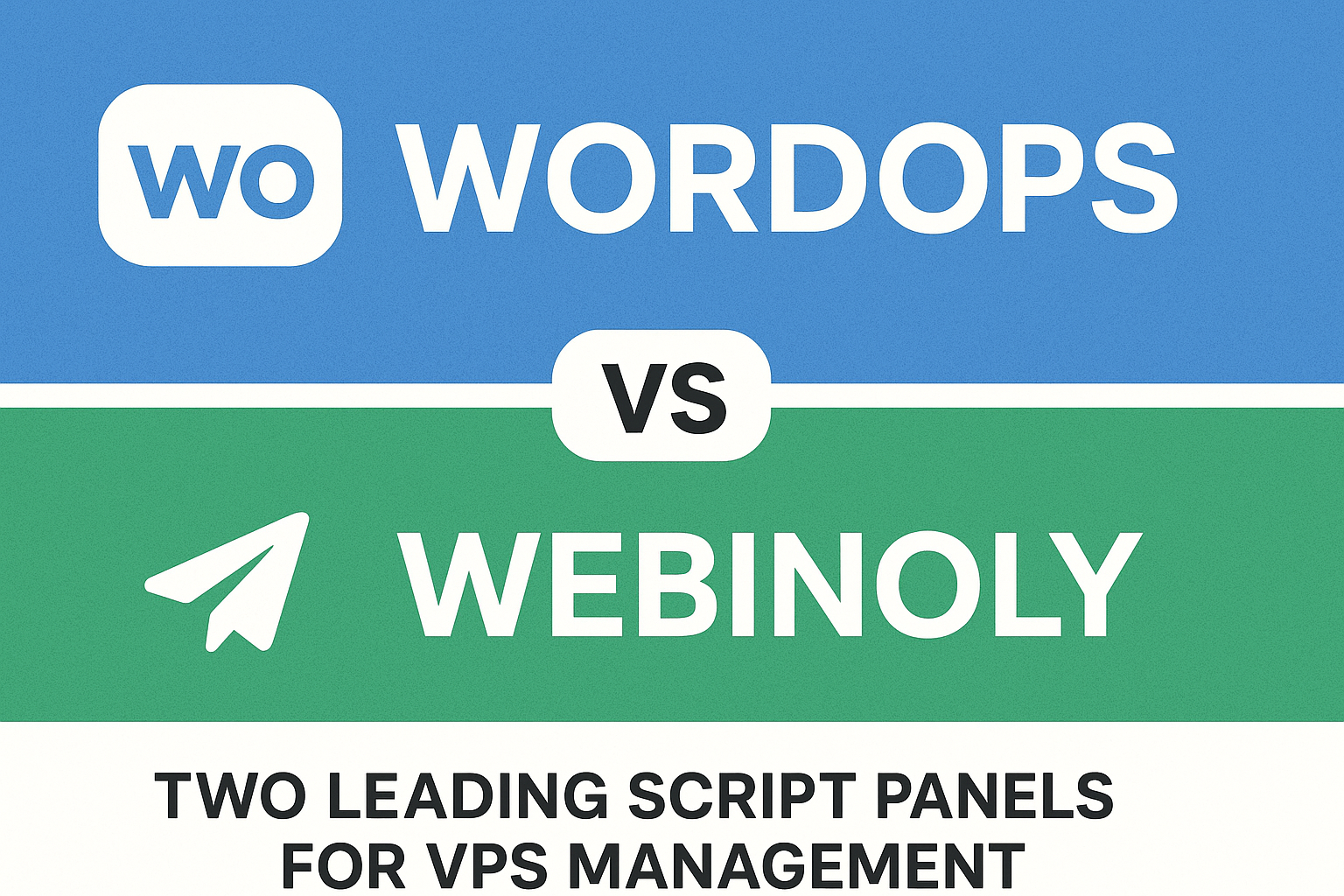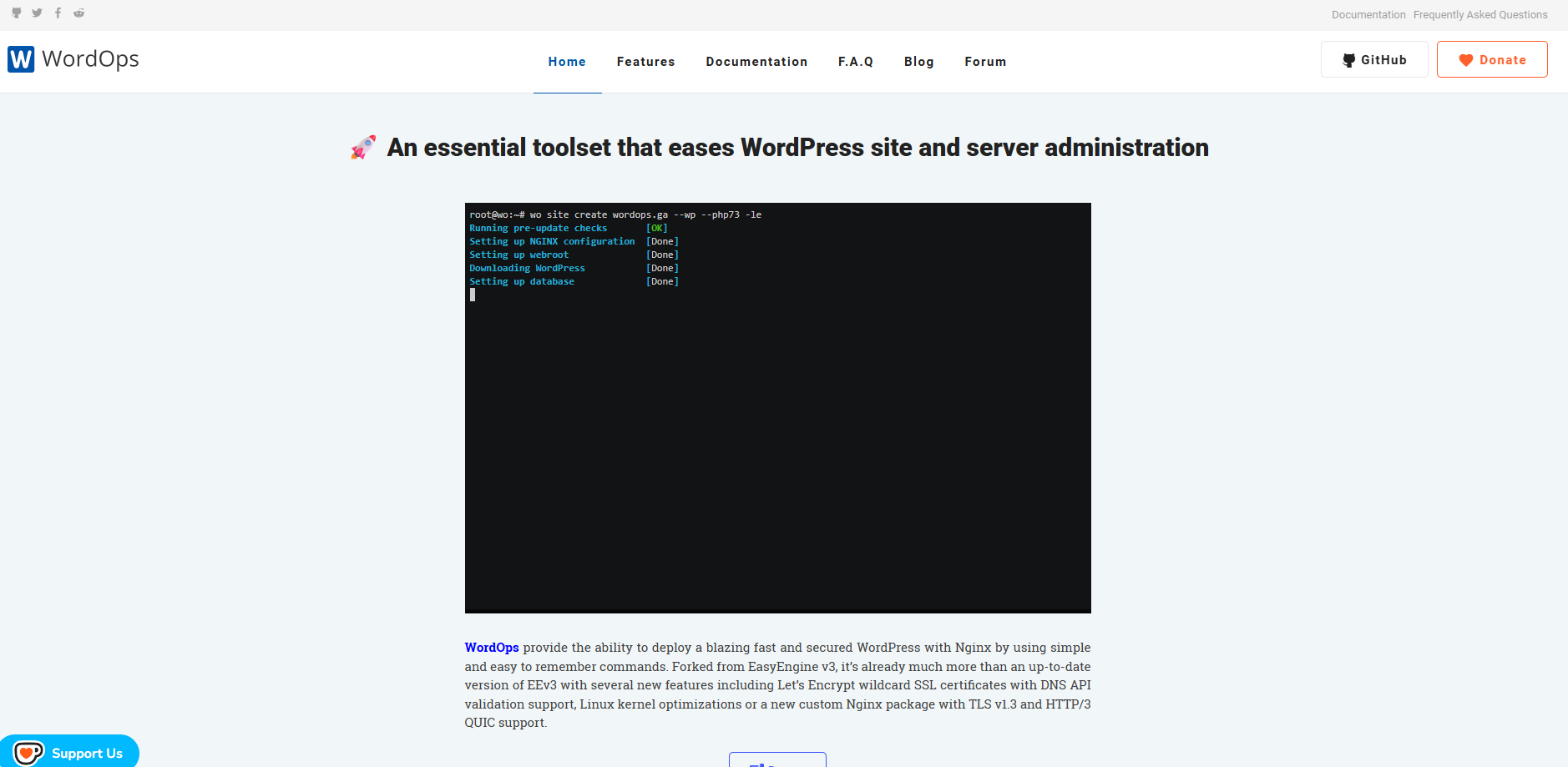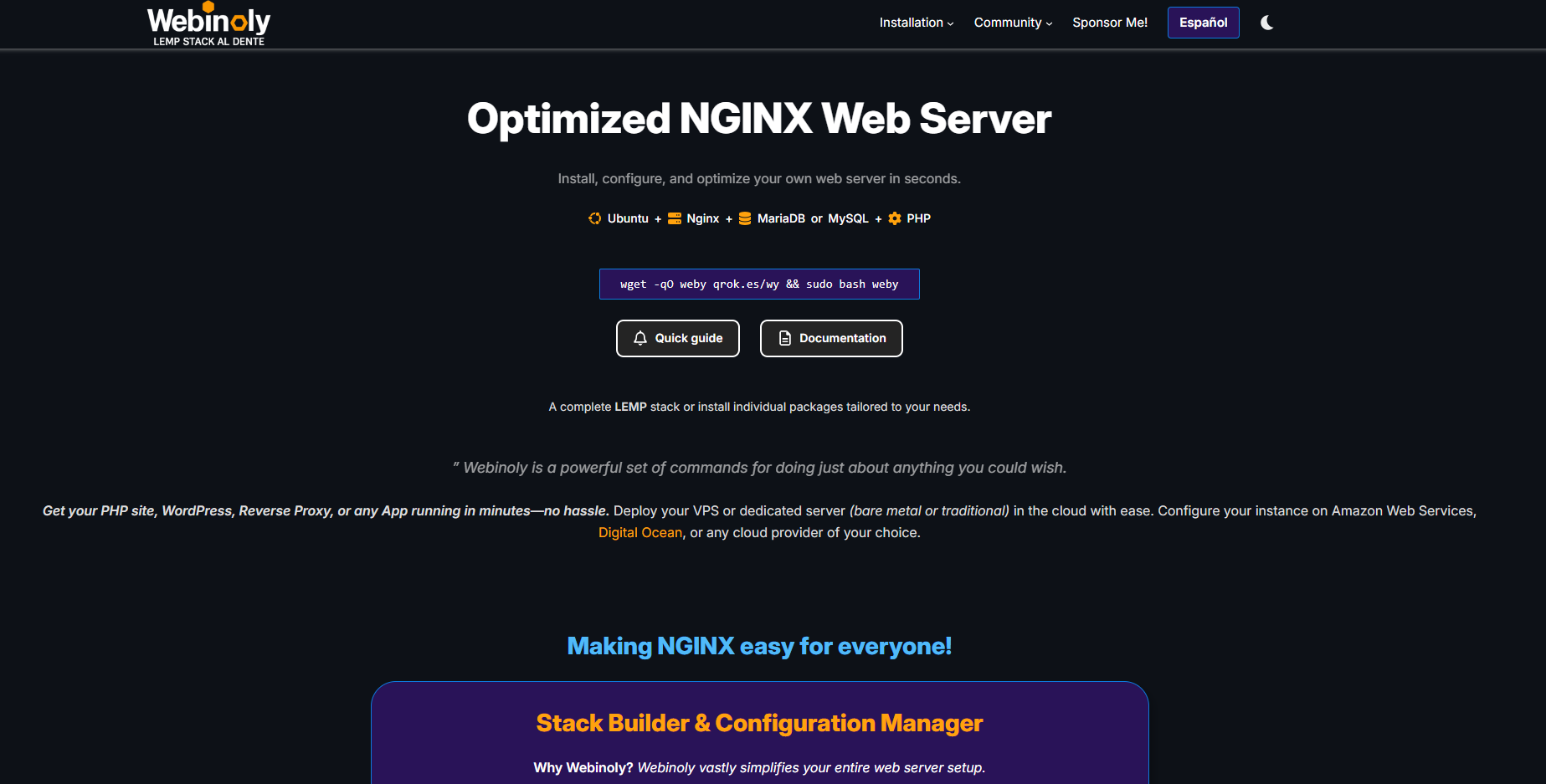Comparing WordOps vs Webinoly: Two Leading Script Panels for VPS Management
In the world of Virtual Private Server (VPS) management, choosing the right tool can make or break your website’s performance

In the world of Virtual Private Server (VPS) management, choosing the right tool can make or break your website’s performance. If you’re looking for an optimized solution for WordPress or other web applications, two standout names are WordOps and Webinoly. Both are open-source script panels designed to simplify the installation and management of web stacks on Linux systems, especially Ubuntu.
This article provides a detailed comparison of WordOps vs Webinoly—highlighting their strengths, weaknesses, and performance differences. From basic features to advanced optimizations, we’ll cover everything you need to make an informed decision. With over 3,000 words, this deep dive is also SEO-optimized with keywords like “WordOps vs Webinoly,” “VPS management,” “script panel for VPS,” and “WordPress optimization on VPS.”
Whether you’re a developer, sysadmin, or website owner considering a VPS upgrade, this guide offers a comprehensive perspective. We’ll start with an overview, move into feature-by-feature comparisons, and finish with practical recommendations.
Overview of WordOps

WordOps is a powerful script panel built on the foundation of EasyEngine (EE), a once-popular tool. Launched in 2018, WordOps focuses heavily on WordPress optimization but also supports other CMS platforms like Joomla and Drupal. It uses NGINX as its core web server, combined with PHP-FPM, MariaDB/MySQL, and caching solutions like Redis or Memcached. It supports multiple Linux distributions, including Ubuntu 18.04, 20.04, 22.04, and Debian.
Installation is straightforward. A single command installs the full stack:
wget -qO wo https://get.wordops.net && bash wo
Once installed, WordOps offers a friendly command-line interface (CLI) for creating sites, managing SSL, boosting performance, and integrating Let’s Encrypt for free certificates. For example:
wo site create example.com --wp
This command sets up a fully optimized WordPress site in seconds.
Key strengths of WordOps include automation, multisite support, Redis integration, PHP upgrades, and built-in security tools like Fail2Ban. However, beginners may find it intimidating since it requires familiarity with the CLI.
With over 10,000 GitHub users, WordOps is praised for speed, stability, and scalability, making it ideal for agencies or anyone managing multiple WordPress projects.
Overview of Webinoly

Webinoly, on the other hand, is a lighter, minimalist script panel developed by an independent programmer and released around 2017. Like WordOps, it relies on NGINX, PHP, MariaDB, and caching tools. Webinoly is optimized for Ubuntu (16.04–22.04) and focuses on delivering a clean, efficient LEMP stack (Linux, NGINX, MySQL, PHP) for WordPress and beyond.
Installation is even simpler:
wget -qO weby qol.host/setup && bash weby
After setup, creating a WordPress site is just as easy:
webinoly -wp-install example.com
Webinoly emphasizes speed and simplicity. It comes with auto-configured NGINX for performance, HTTP/2, Brotli compression, Redis/Memcached integration, and Let’s Encrypt SSL.
Its biggest strength is being lightweight, ideal for small VPS plans (as low as 1GB RAM). It also has unique features like automatic MySQL optimization for WordPress and supports non-WordPress sites.
On the downside, Webinoly has a smaller community and fewer advanced features (e.g., Docker, autoscaling). Still, with 5,000+ GitHub stars, it’s loved for its clean CLI and low error rate.
Installation & Setup Comparison
- WordOps: Takes 5–10 minutes, supports multiple Ubuntu versions, offers extensive customization, detailed logs, and advanced installation options.
- Webinoly: Usually under 5 minutes, ultra-simple setup, fewer options but lighter resource use, better for low-spec VPS.
👉 Verdict: Webinoly for simplicity, WordOps for flexibility.
Site Management Features
- WordOps:
- Multiple site types (WordPress, multisite, static HTML).
- WP-CLI integration.
- wo secure for firewall & DDoS protection.
- Wildcard SSL support.
- Webinoly:
- Easy -wp-install for WordPress.
- FastCGI cache with one command.
- Supports LXD containers for better isolation.
👉 Verdict: WordOps for multisite & advanced setups, Webinoly for single-site simplicity.
Performance & Optimization
- WordOps:
- Supports HTTP/3, Redis, OPcache, and fine-tuned PHP workers.
- Handles 500–1000 requests/sec on a 2GB VPS.
- Scales better for high-traffic sites.
- Webinoly:
- Brotli & Gzip enabled by default.
- Excels on small servers with 10–15% higher throughput than WordOps under the same conditions.
- Load times under 1s for simple sites.
👉 Verdict: WordOps for high traffic, Webinoly for low-resource VPS.
Security & Maintenance
- WordOps: Fail2Ban, ModSecurity, SSH 2FA, email alerts, chroot PHP isolation.
- Webinoly: UFW firewall, IP blocking, auto SSL renewal, secure headers.
👉 Verdict: WordOps for enterprise-grade security, Webinoly for personal projects.
Community & Documentation
- WordOps: Larger community, active forums, Slack, and rich docs.
- Webinoly: Smaller but clear documentation, responsive developer, limited third-party tutorials.
👉 Verdict: WordOps wins for support.
Real-World Use Cases
- Use WordOps: Agencies, high-traffic sites, large VPS, advanced configurations.
- Use Webinoly: Bloggers, personal sites, small VPS, simplicity-first setups.
Conclusion & Recommendations
Both WordOps and Webinoly are excellent choices for VPS management.
- Choose WordOps if you want scalability, advanced features, and community support.
- Choose Webinoly if you value speed, simplicity, and lightweight efficiency.
For best results, test both on a staging VPS and see which aligns with your workflow.
If you’re looking for more insights on “WordOps vs Webinoly” or “VPS management,” feel free to drop a comment below!
